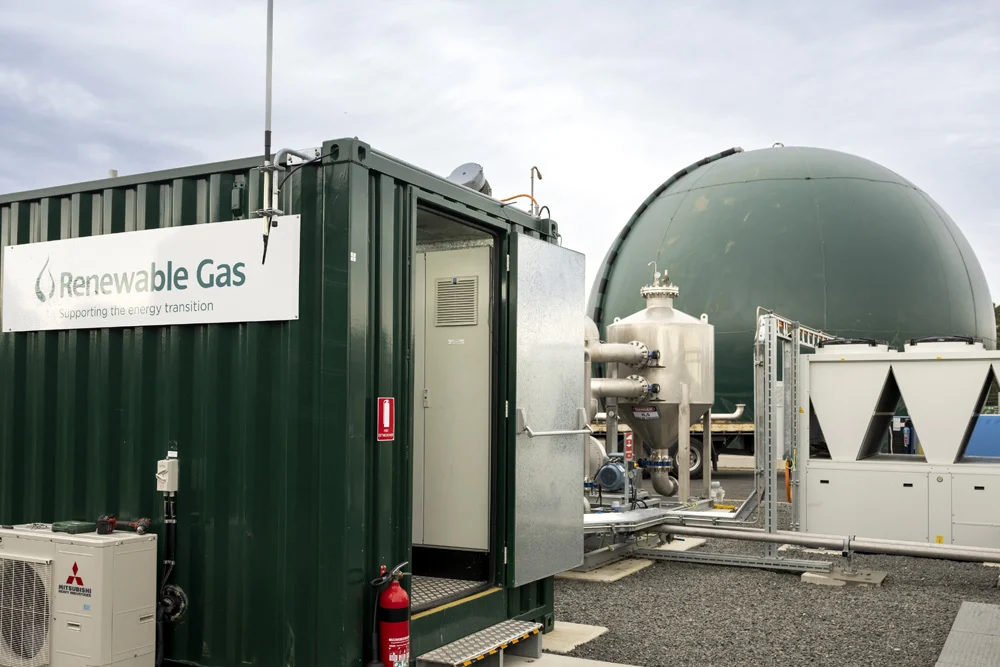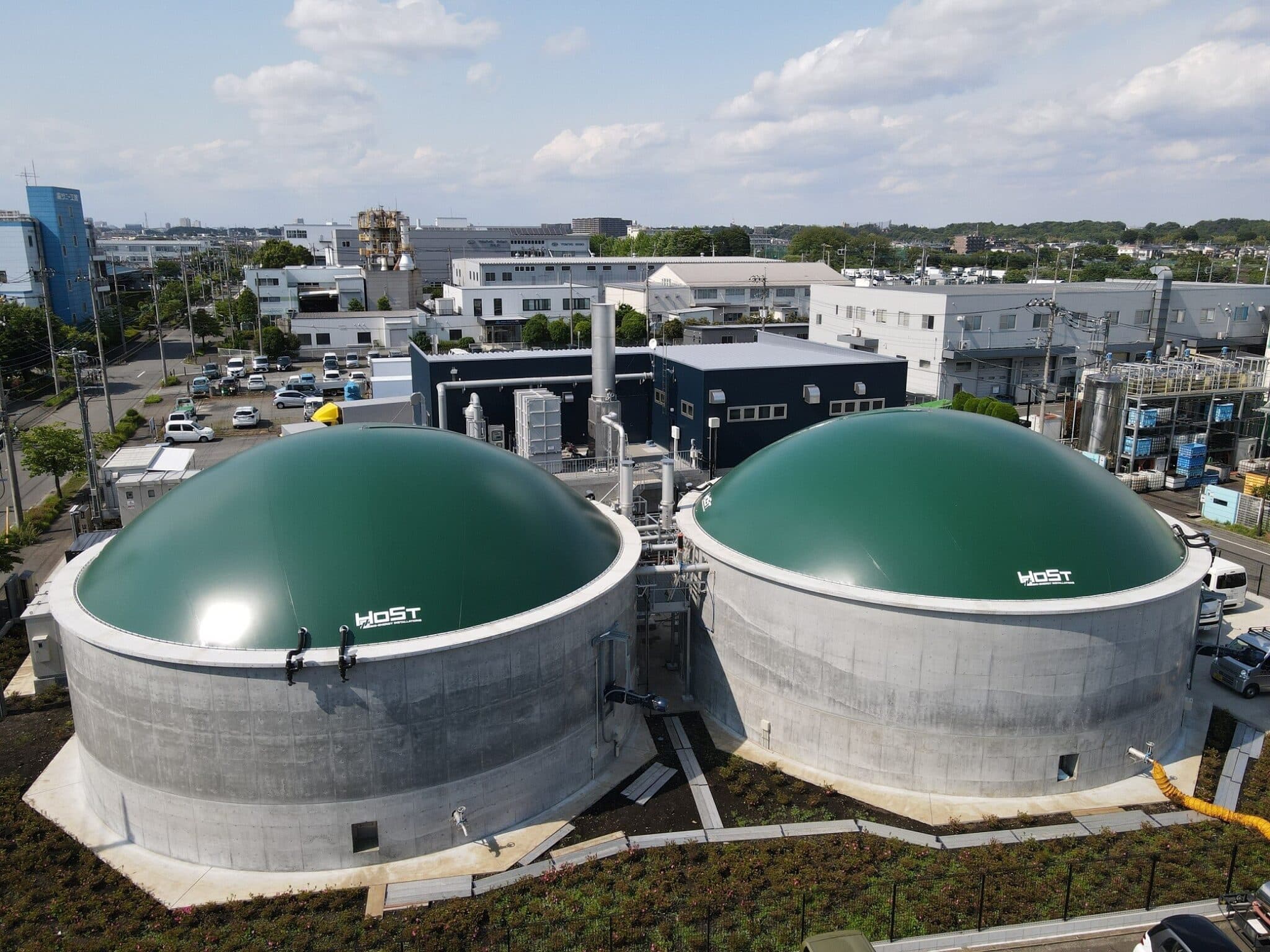Our Managing Director, Mike Davis was featured in another AFR article regarding biomethane, which is quickly gaining momentum as one of the best ways to reduce industry emissions and as an integral component of our net zero journey. The following is a section from the article where he is featured:
Mike Davis, CEO of Optimal Renewable Gas says it’s a “crying shame” more is not being done to support renewable gas.
Flushed with the success of projects like the one at Malabar, Optimal Renewable Gas is aiming for an ambitious target of developing 10 biohubs across Australia by 2030.
These biohubs will harness the potential of anaerobic digestion facilities to convert organic waste and residue into biomethane.
Davis says biomethane has the potential to replace much of the nation’s gas needs – which is vitally important considering capturing this methane and then burning it means energy is being produced, avoiding the carbon emissions simply escaping into the atmosphere.
“We plan to implement the best and proven technology of large-scale anaerobic digestion and biogas upgrading,” says Davis.
 Flushed with the success of projects like the one at Malabar, Optimal Renewable Gas is aiming for an ambitious target of developing 10 biohubs across Australia by 2030.
Flushed with the success of projects like the one at Malabar, Optimal Renewable Gas is aiming for an ambitious target of developing 10 biohubs across Australia by 2030.
At the heart of this movement lies the recognition of the pressing need to decarbonise Australia’s energy systems.
“From our experience at Optimal there is rapidly growing demand for reliable renewable gas, especially biomethane, which can be delivered via existing infrastructure,” says Davis.
Davis highlights the importance of biomethane as a decarbonisation solution for industry and hard to abate communities, noting its ability to allow users to continue their gas usage practices while reducing emissions and maintaining operational reliability. “Biomethane will be an essential part of the energy transition for thousands of businesses,” says Davis.
Crucially, renewable gas like biomethane capitalises on existing infrastructure, minimising the need for costly upgrades.
By injecting biomethane into the existing gas network, Australia can capitalise on the inherent storage and transport capabilities of its infrastructure.
“Utilising existing gas infrastructure for renewable gas distribution ensures cost-effectiveness and scalability.”
Further, the nation’s 37,000km of gas pipelines spanning the country, offer a massive storage resource for renewable energy.
For instance, the Tasmanian Gas Pipeline showcased the potential by offering storage of over 150 terajoules of gas on its website, available for sale into the Victorian market during peak demand periods.
 Optimal Renewable Gas collaborates with leading technology suppliers to implement state-of-the-art anaerobic digestion and biogas upgrading systems.
Optimal Renewable Gas collaborates with leading technology suppliers to implement state-of-the-art anaerobic digestion and biogas upgrading systems.
Technological advancements also play a pivotal role in driving the efficiency and scalability of renewable gas production, says Davis.
Optimal Renewable Gas collaborates with leading technology suppliers to implement state-of-the-art anaerobic digestion and biogas upgrading systems.
“We work with our European technology supplier that has developed over 450 plants around the world.”
He called on the government and sector as a whole to acknowledge all options should be on the table when working to decarbonise networks. “Biomethane is 100 per cent compatible with our existing pipeline infrastructure providing a ready option while we wait for other fuels, like hydrogen to come online.”
“We are laggards against our international peers – Europe, China, US, India, Brazil and others. We’re falling behind and it’s a crying shame when you look at the available resources here in Australia.”
Read the full article here: https://www.afr.com/policy/energy-and-climate/renewable-gas-emerging-as-a-key-piece-in-emissions-reduction-puzzle-20240528-p5jh8t
